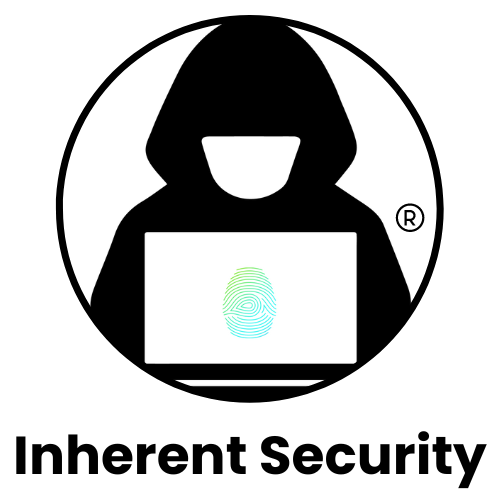Transforming Healthcare & Enhancing Security
Introduction
Hey there, healthcare professionals! Today, we're diving into some fascinating updates in healthcare IT and cybersecurity that are making waves. From AI-driven solutions to cybersecurity reorganizations, there's a lot to unpack. So grab your coffee, and let's dive in!
AI Reducing Burnout in Healthcare
Stanford's Digital Health Director highlights how ambient voice technology combined with Generative AI can significantly reduce burnout among healthcare workers. Imagine AI that can transcribe patient interactions in real-time, allowing doctors and nurses to focus more on patient care rather than paperwork. This technology not only improves efficiency but also enhances job satisfaction by reducing administrative burdens. It's a win-win for everyone involved!
Nurses Embrace AI for Patient Discharge
OhioHealth is leveraging AI to streamline the patient discharge process, and nurses are loving it! The AI-driven system predicts patient discharge times more accurately, ensuring a smoother transition from hospital to home. This not only improves patient flow but also reduces the stress on nursing staff, allowing them to focus on providing top-notch care. Who knew AI could be such a great team player?
HIPAA-Compliant AI Scribe for Mental Health
Orchid has announced a new HIPAA-compliant AI scribe designed specifically for mental health professionals. This AI tool helps with documentation, ensuring that mental health providers can spend more time with their patients and less time on paperwork. By automating administrative tasks, Orchid's AI scribe aims to enhance the quality of mental health care and ensure compliance with privacy regulations. It's like having a digital assistant that's always on top of things!
Telehealth in Prisons and Courts
New South Wales (NSW) is rolling out virtual care solutions in its prisons and courts. This initiative aims to provide better healthcare access to inmates and reduce the need for physical transfers, which can be both costly and risky. By using telehealth services, NSW is ensuring that inmates receive timely medical care while also enhancing security and reducing logistical challenges. It's a modern solution to an age-old problem.
HHS Reorganization for AI and Cybersecurity
The U.S. Department of Health and Human Services (HHS) has announced a major reorganization to bolster its AI, cybersecurity, and IT capabilities. This restructuring aims to enhance the department's ability to protect sensitive health data and improve its response to cyber threats. By focusing on cutting-edge technology and security measures, HHS is taking proactive steps to safeguard the nation's health information. It's like giving the department a much-needed tech upgrade!
HealthEquity Breach Affects 43 Million Individuals
A recent breach at HealthEquity has put the data of 43 million individuals at risk. This incident underscores the critical importance of cybersecurity measures in the healthcare sector. With patient health information being a prime target for cybercriminals, organizations must prioritize data protection and continually mature their cybersecurity programs. Remember, a chain is only as strong as its weakest link.
MediSecure Data Breach Impacts 13 Million Australians
MediSecure has confirmed a data breach affecting 13 million Australians. This breach highlights the vulnerabilities that exist within healthcare systems and the need for better security. Cybersecurity isn't just a tech issue, it's a patient safety issue. Protecting patient data must be a top priority for all healthcare organizations.
The Takeaway
As we see these advancements in AI, telehealth, and cybersecurity, it's clear that technology is reshaping healthcare in profound ways. From reducing burnout and streamlining patient discharge to enhancing mental health care and protecting sensitive data, AI and cybersecurity measures are becoming integral to the industry. However, with these innovations come new challenges, particularly in protecting patient data from cyber threats. It's a dynamic balance of embracing the benefits of technology while vigilantly guarding against its risks!
I hope you found these updates as intriguing as I did. Until next time, stay secure and keep innovating! Feel free to reach out if you have any questions or if there's a topic you'd like to see covered in my next newsletter.
Check out my featured section to:
↳Download our HIPAA Guide for compliance insights
↳Explore our HIPAA GPT tool for instant advice
↳Talk to an Expert for customized support
